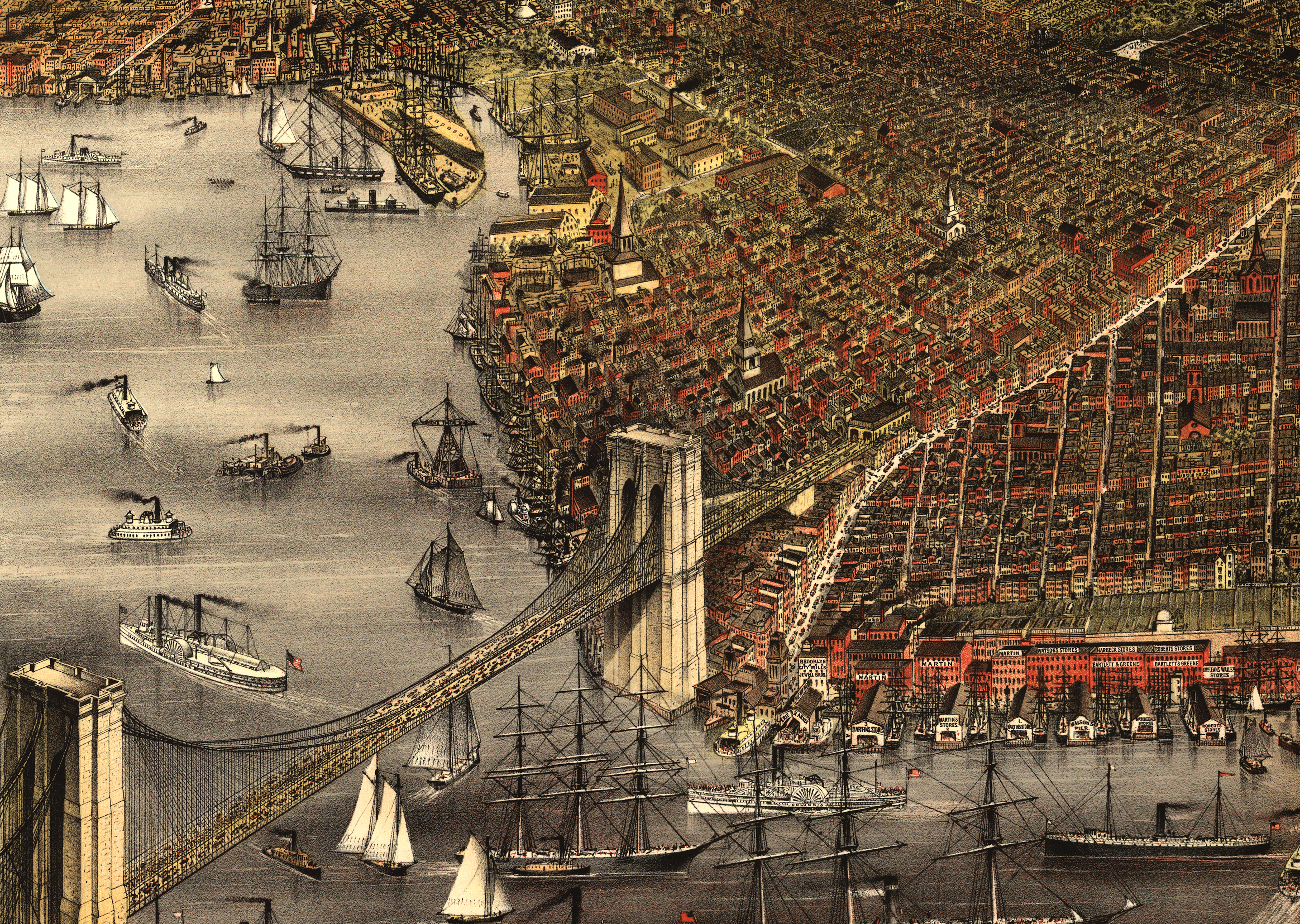Building of the Day: 192 Brooklyn Avenue
Brooklyn, one building at a time. Name: row house Address: 192 Brooklyn Avenue Cross Streets: Prospect and Park Places Neighborhood: Crown Heights North Year Built: 1871 Architectural Style: Second Empire Architect: Unknown Landmarked: Yes, part of CHN HD, phase 2 (2011) The story: This house is the last remaining remnant of a group of six…

Brooklyn, one building at a time.
Name: row house
Address: 192 Brooklyn Avenue
Cross Streets: Prospect and Park Places
Neighborhood: Crown Heights North
Year Built: 1871
Architectural Style: Second Empire
Architect: Unknown
Landmarked: Yes, part of CHN HD, phase 2 (2011)
The story: This house is the last remaining remnant of a group of six paired houses that once stood between Prospect and Park Places. Its twin was demolished for the apartment building next door, against which the house now rests. This Second Empire house is the oldest house in the newly designated Phase 2 of the Crown Heights North Historic District, and dates back to 1871. At that time, Crown Heights North was still a part of the greater town of Bedford, and was largely a suburban enclave, with villas and large free-standing homes dotting the landscape.
The groups of six paired houses, that include this house, were among the first row houses to be built in the area, and by their size and semi-detached qualities, show the wealth and aspirations of the early residents of the area. Bedford during the 1860’s and ‘70’s was well served by public transportation in the form of stage coach and horse drawn trolleys, but was still rather isolated. The opening of the Brooklyn Bridge in 1883 began to make Bedford more accessible, but it wasn’t until the Kings County Elevated Railroad, with a stop on Nostrand Avenue, opened in 1883, did the wholesale development of Bedford take off. Today, the very same Long Island Railroad tracks still provide public transportation to the area.
192 Brooklyn Avenue now stands like a lonely orphan without its twin or the other buildings in the group. They were all demolished to make way for the 1926 Parbrook Hall apartment house, one of many large middle-class apartment buildings built in the late 1920’s, early 1930’s, to house the thousands of middle class renters who were flocking to the area, most of them second generation Jewish, and other immigrant groups who were moving on up. Perhaps the owner of this building refused to sell, but we are grateful to still have it here. The building is in pretty good shape, with a replacement brick façade, but still with the original doorway, lintels and most importantly, slate tiles and mansard roof details that give the house its charm. The side of the house also features a bump-out bay and more original details there as well. This is a fine survivor. GMAP





It does look sad. A reminder that the push and pull between high density and medium density has a long history in Brooklyn.
It’s a beauty. It looks sad though, cuddled up against the side of hte apartment building- still, it’s nice to see adn envision what the street must have looked like at one time.